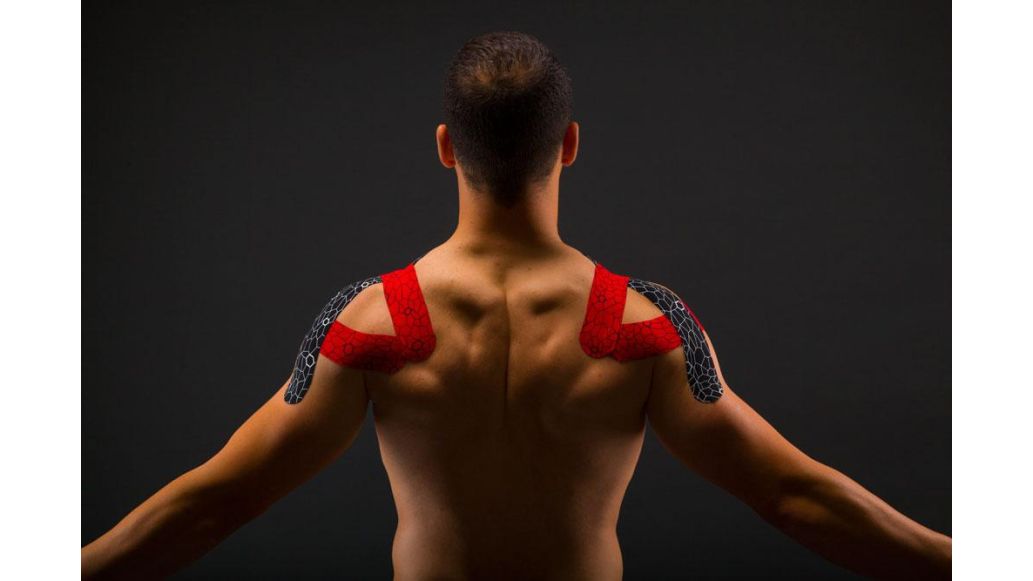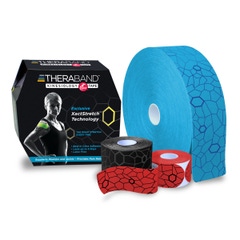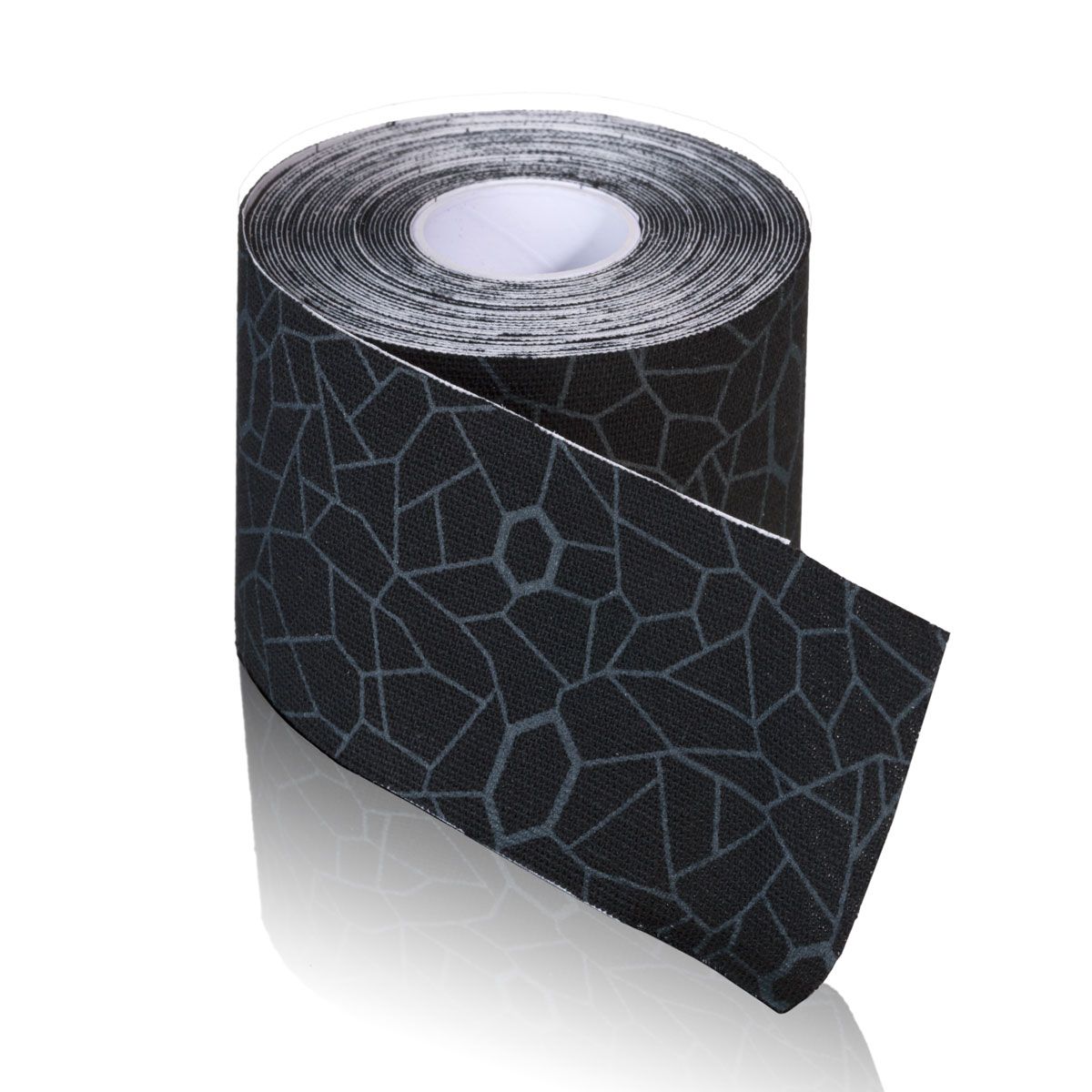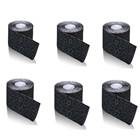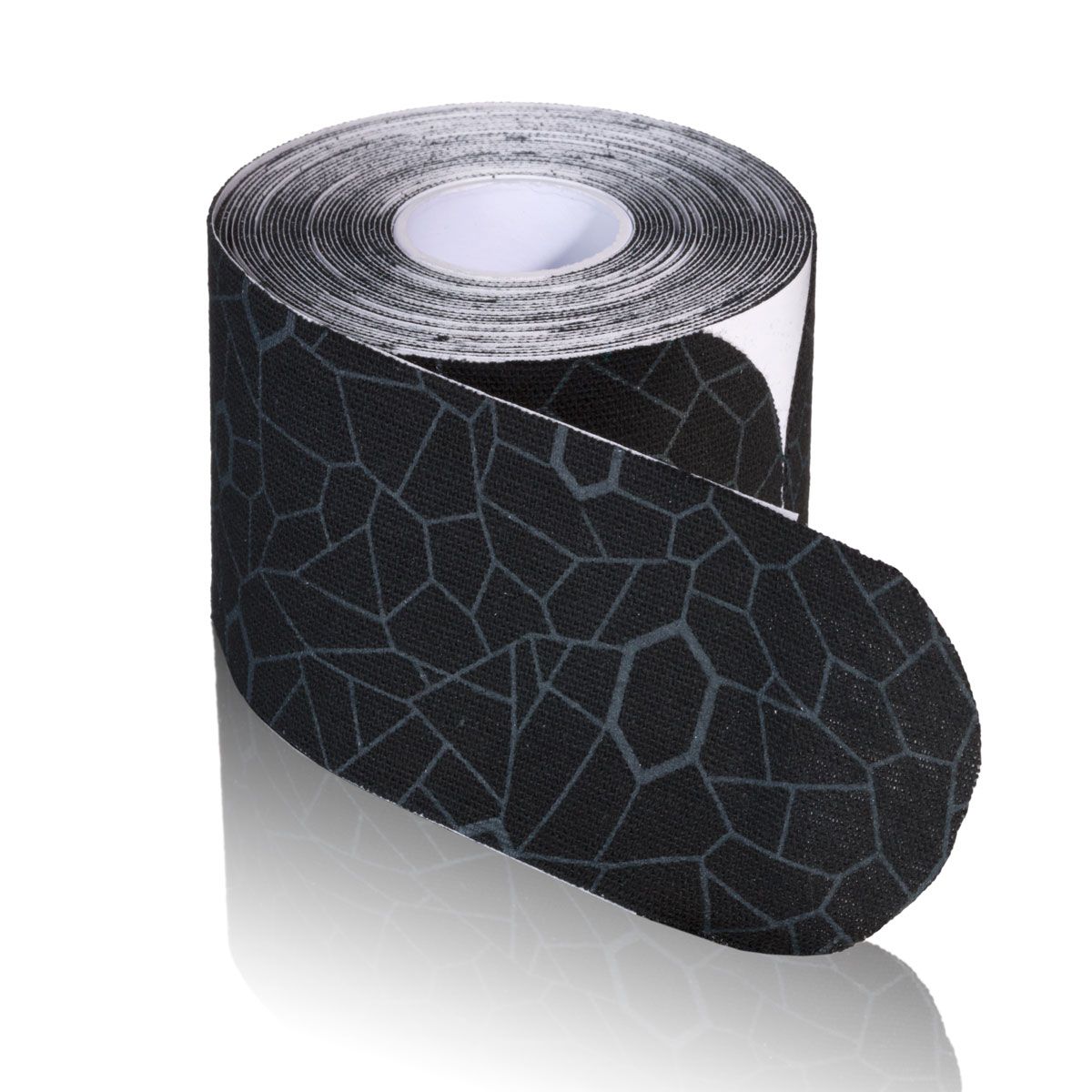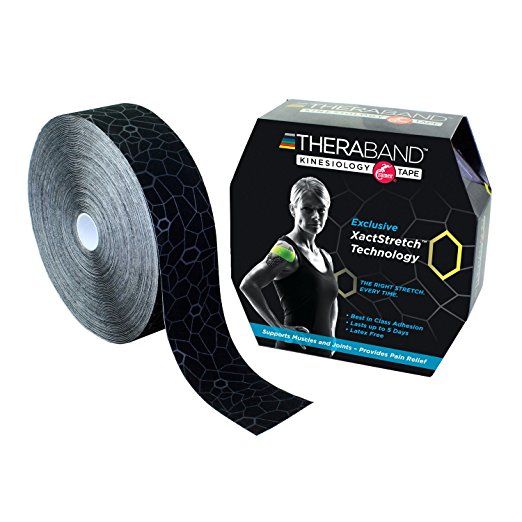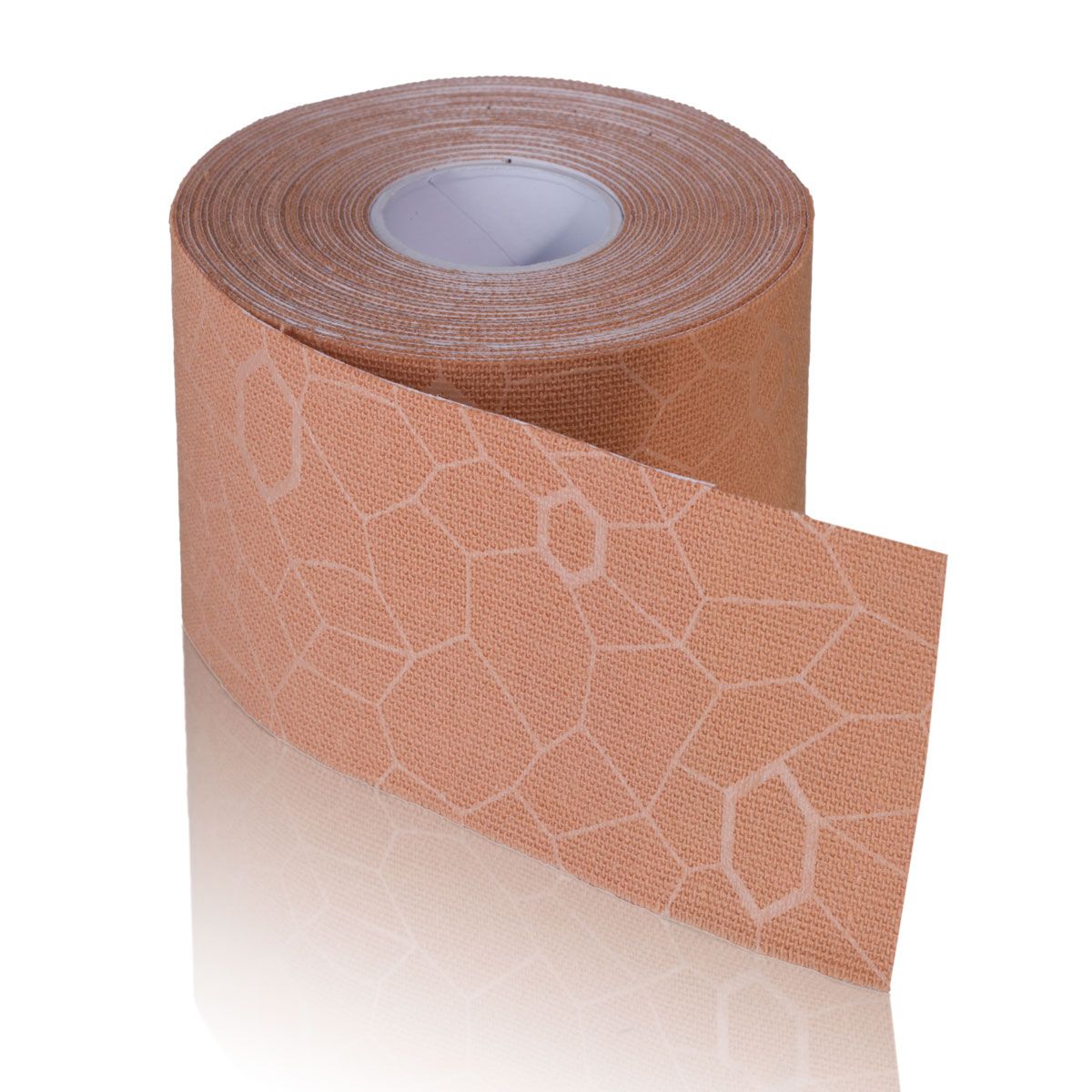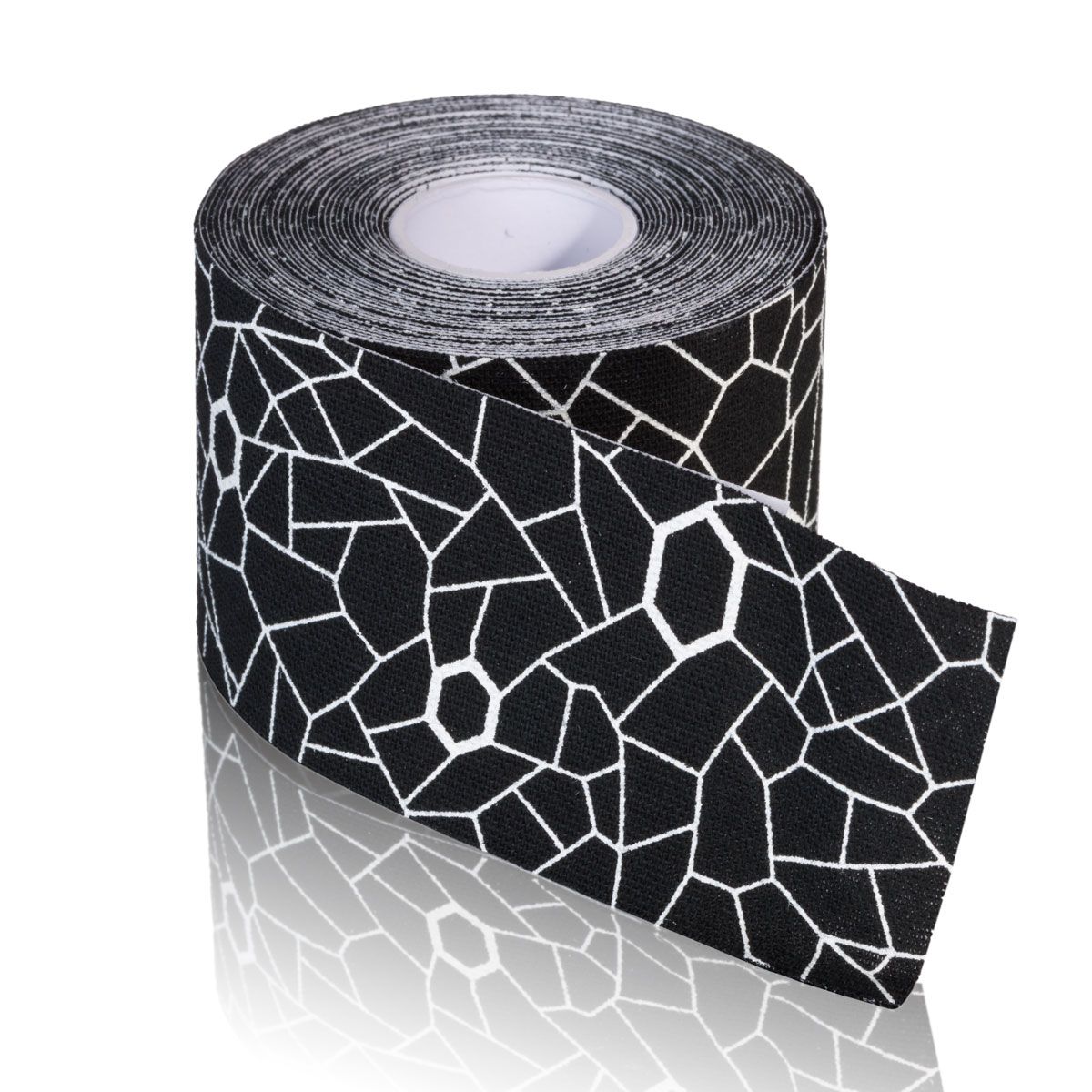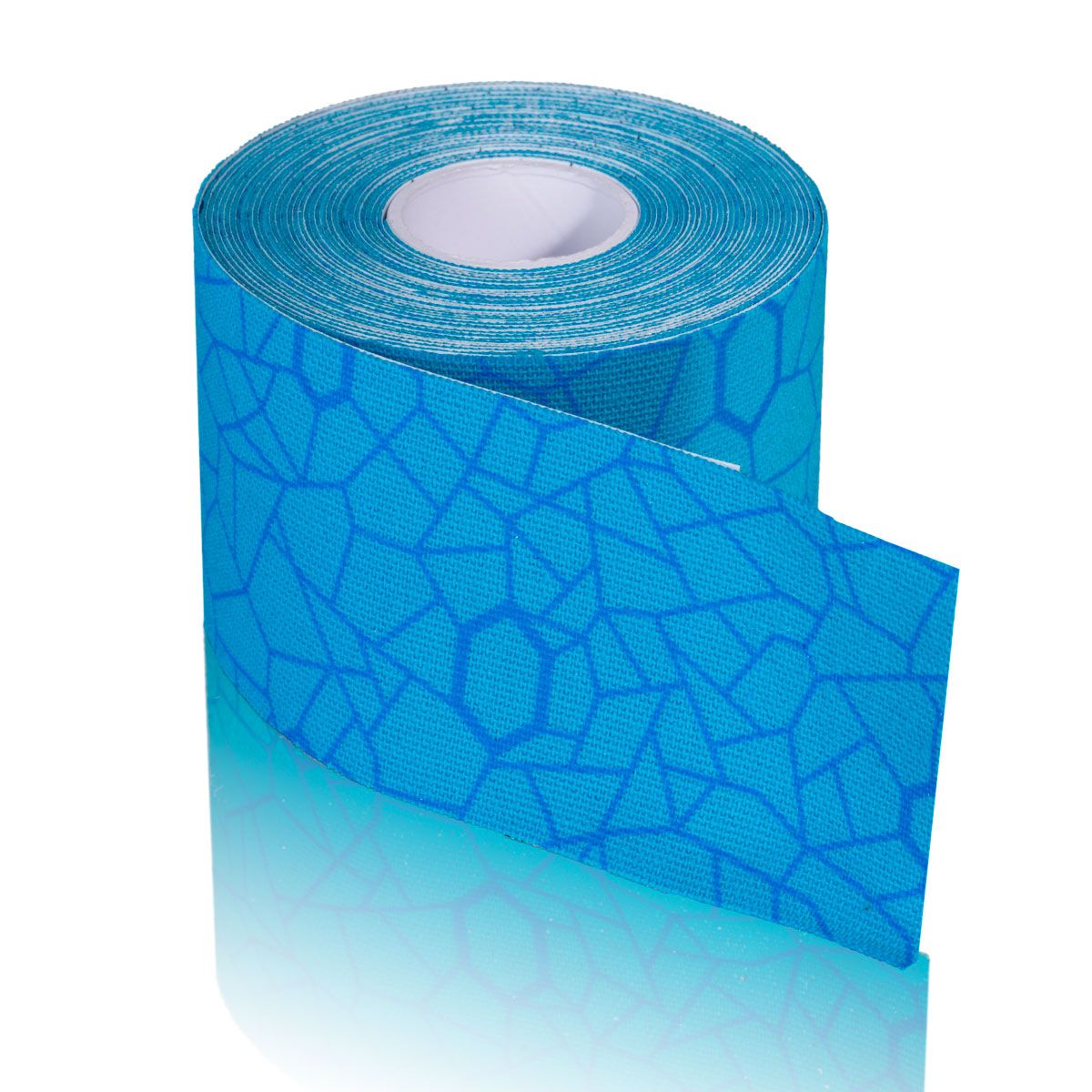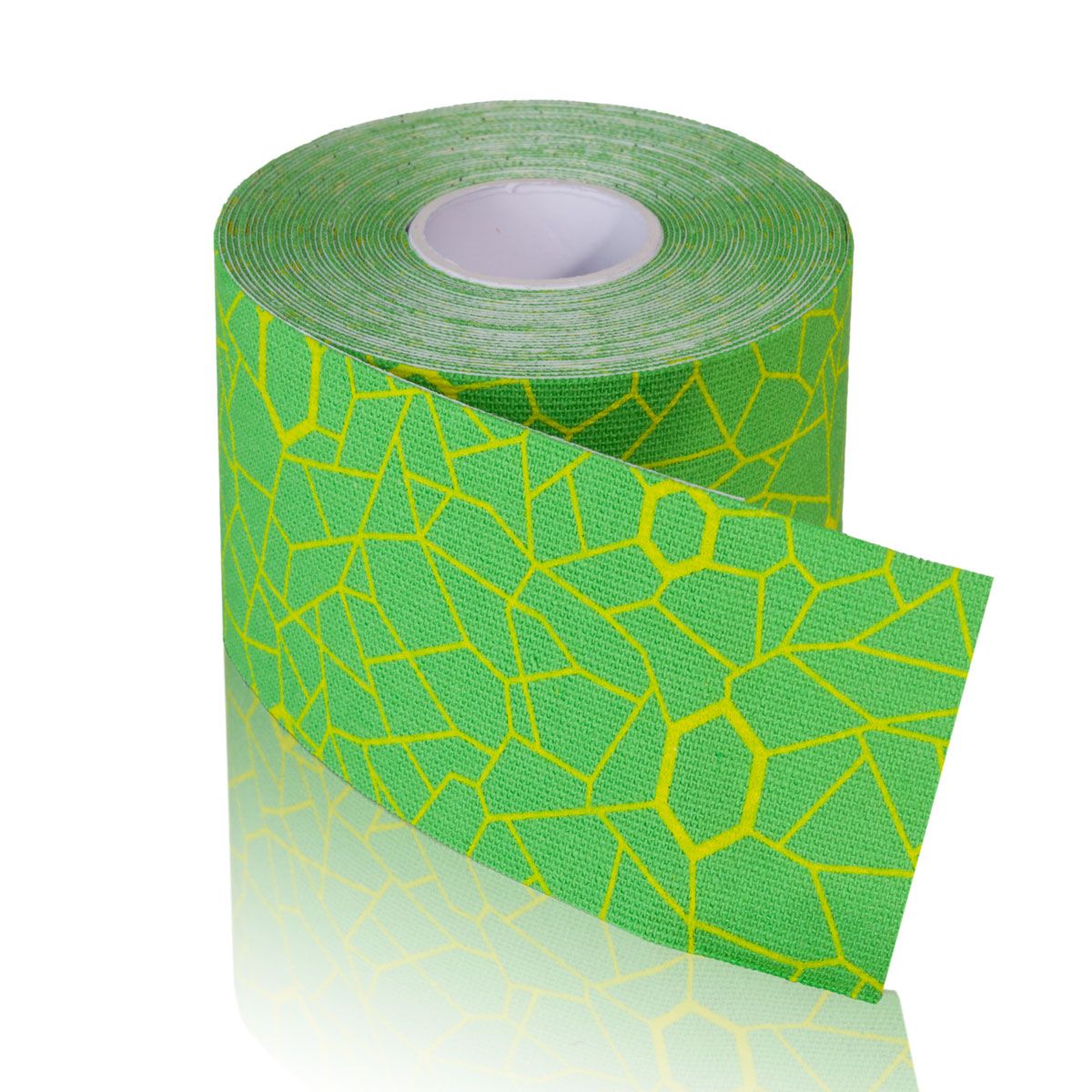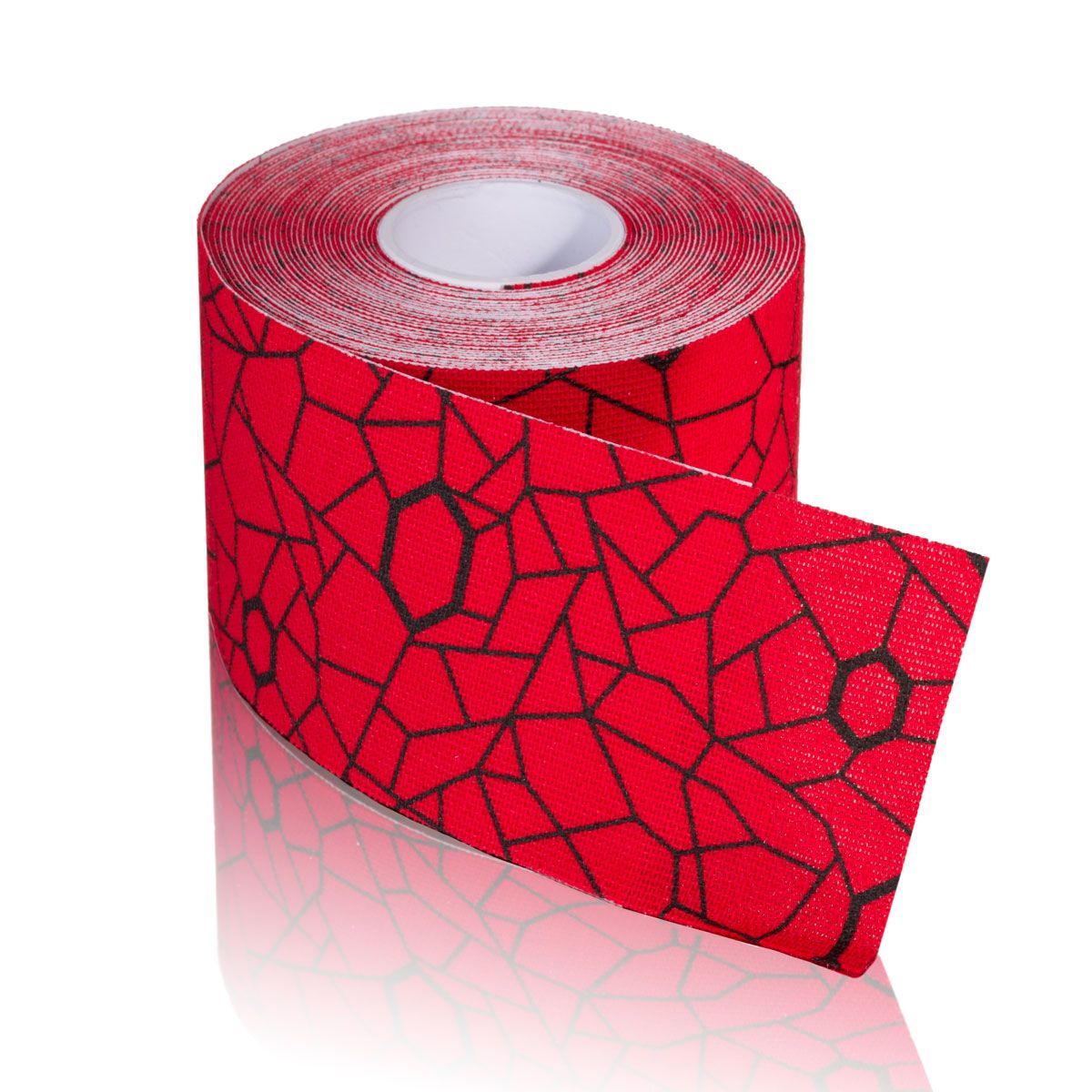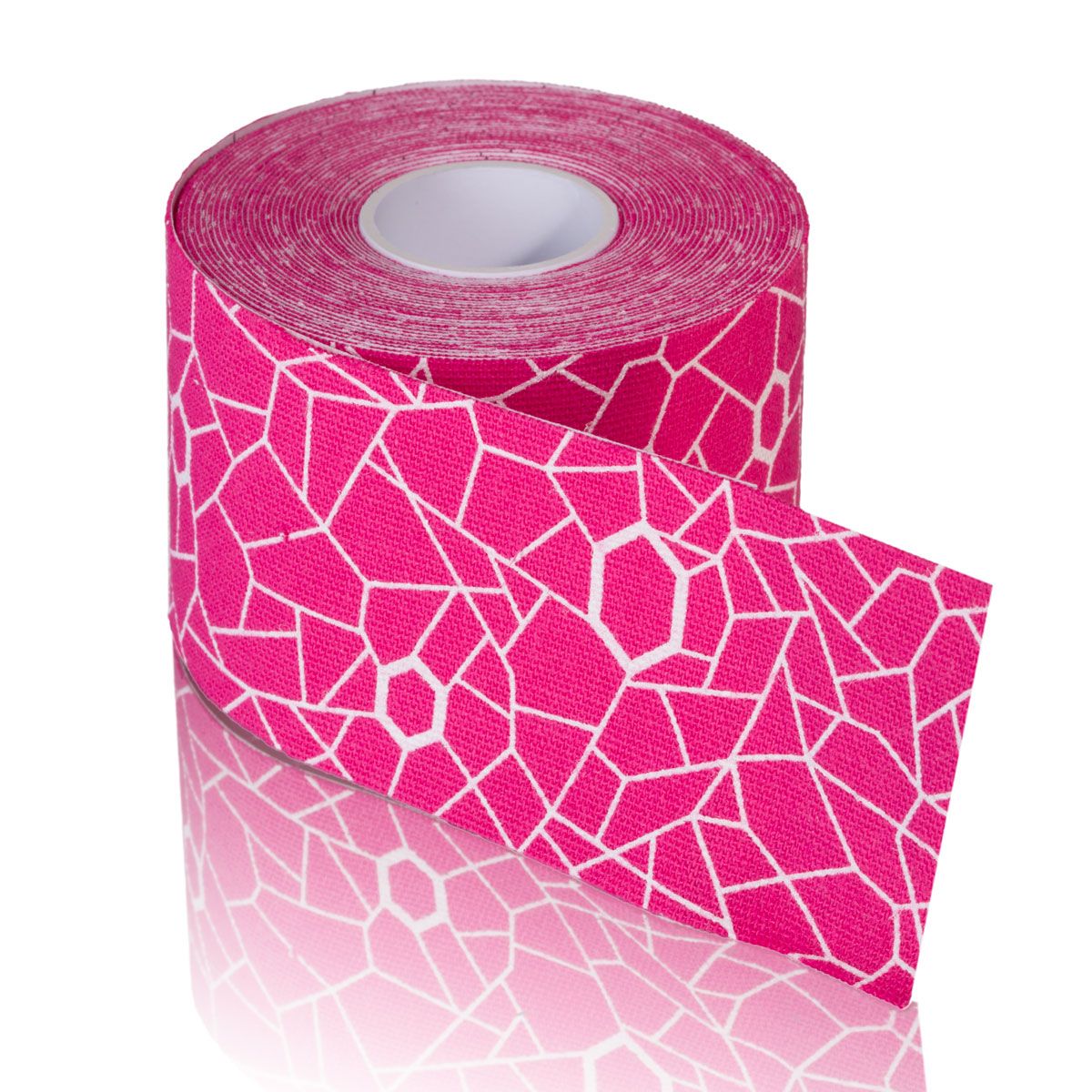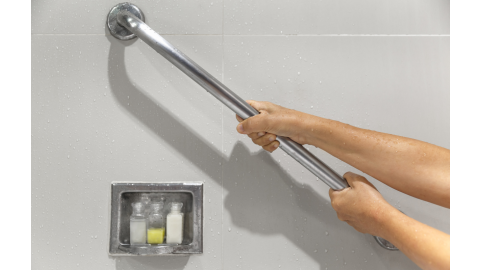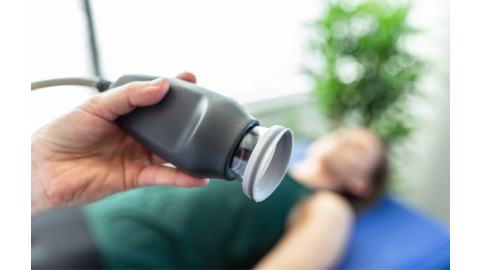You may have seen the colorful tape on Olympic athletes, other elite athletes, or even dedicated high school players. As a rehabilitative tool used in sports medicine and by clinicians, it's natural to wonder about what kinesiology tape is, why people use it, and how to implement it for your patients. Learn everything you need to know in Kinesiology Tape 101!
Get started now!
The Basics
Kinesiology Tape Research: Get the Facts About Kinesio Taping
Choosing Your Kinesiology Tape
How to Apply Kinesiology Tape
The Basics
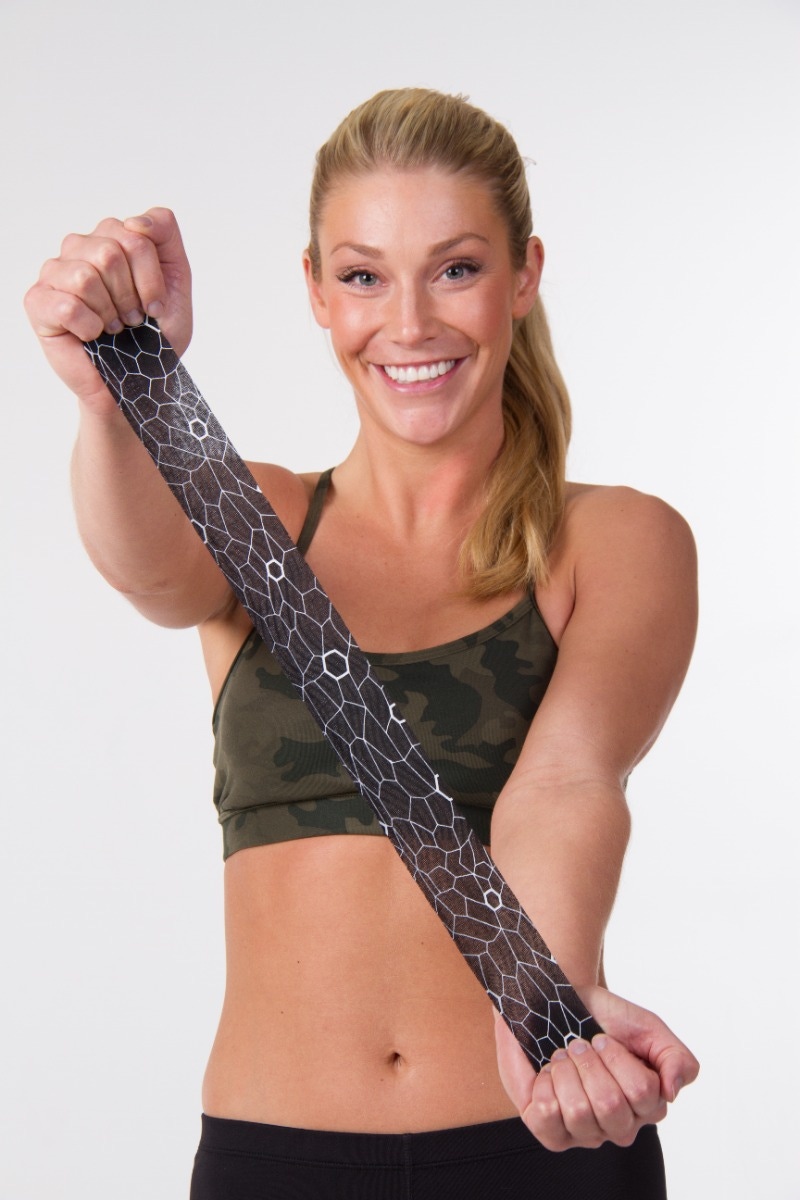
What is kinesiology tape?
Kinesiology tape is a therapeutic tape that is used to support muscles and joints and help reduce pain. It is often used by athletic trainers, athletes, and physical therapists.
What are the kinesiology tape benefits? Why do people use it?
People state that there are a variety of benefits that kinesio taping offers. Some of these are supported by studies while research has not validated other claims. Kinesiology tape is often used to:
- Reduce or relieve pain
- Increase blood flow
- Reduce swelling
- Decrease inflammation
- Other claims about muscle activation, circulatory, and proprioceptive mechanisms
Kinesiology Tape Research: Get the Facts About Kinesio Taping
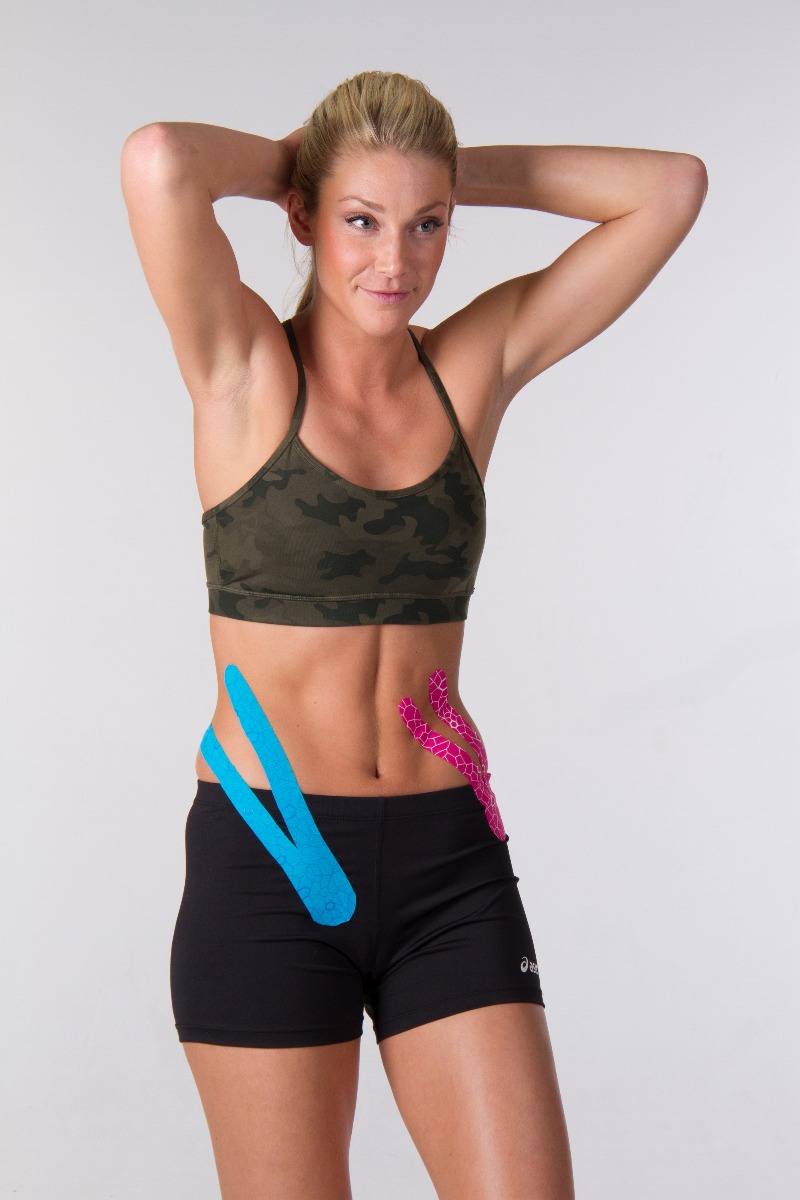
Kinesiology Tape’s Proven Benefits
So, what are the kinesiology tape benefits? Check out the research below to learn more about the tape’s proven benefits. We’ll also cover some advantages kinesiology tape doesn’t seem to have.
- Pain Relief
- Kinesio tape applied after DOMS (delayed onset muscle soreness) significantly decreased pain and increased range of motion compared to the no tape condition1
- Another study found that kinesiology tape may be an effective pain relief intervention similar to ice or heat, but should be used alongside other proven therapies like exercise or manual therapy (rather than in lieu of)8
- Reduced Swelling
- Kinesiology tape and physical therapy (PT) for 4 weeks resulted in significantly reduced pain and swelling compared to PT alone1
- Studies have found that using kinesiology tape to reduce swelling resulted in faster reduction of edema2
- Increased Blood Flow
- Kinesiology tape increased blood flow to the skin where it was applied3
- However, tape tension and convolutions (hills and valleys created on the skin where the tape was applied) did not significantly affect the outcome
- Older Adult Fall Risk
- Kinesiology tape improved dynamic surface balance when applied to the lower leg of women with a history of falling1
- But it did not improve balance on stable surfaces
Research on Applying Tape
- Tension
- Lower tape tensions are associated with stronger effects4
- One study found no effect on shoulder pain or function when progressively increasing tape tension each week (0 > 25% > 50% > 75%)1
- Specific Patterns
- There is no evidence comparing specific patterns for specific diagnoses, many studies on the same diagnosis use different tape patterns and more research is needed on tape patterns4
- Convolutions
- There is no evidence that K tape application lifts the skin. One study found that convolutions were not needed to reduce back pain. There are no studies looking at blood flow below the superficial skin4
- Certain Directions
- The direction of kinesio tape application does NOT change muscle activation or strength4
How does kinesiology tape work?
How does kinesiology tape work? Honestly, we really don’t know, but there are several theories on how it might work.
Possible Theories
- Gate Control Theory: When you apply tape on top of the skin, the sensation is sent into the central nervous system, and overrides the pain signal so it doesn’t reach the brain
- Changing muscle activation
- Increasing circulation
Choosing Your Kinesiology Tape
Looking for the best kinesiology tape? There are several brands of tape, but here are a few reasons why we think THERABAND Kinesiology Tape is the best choice.
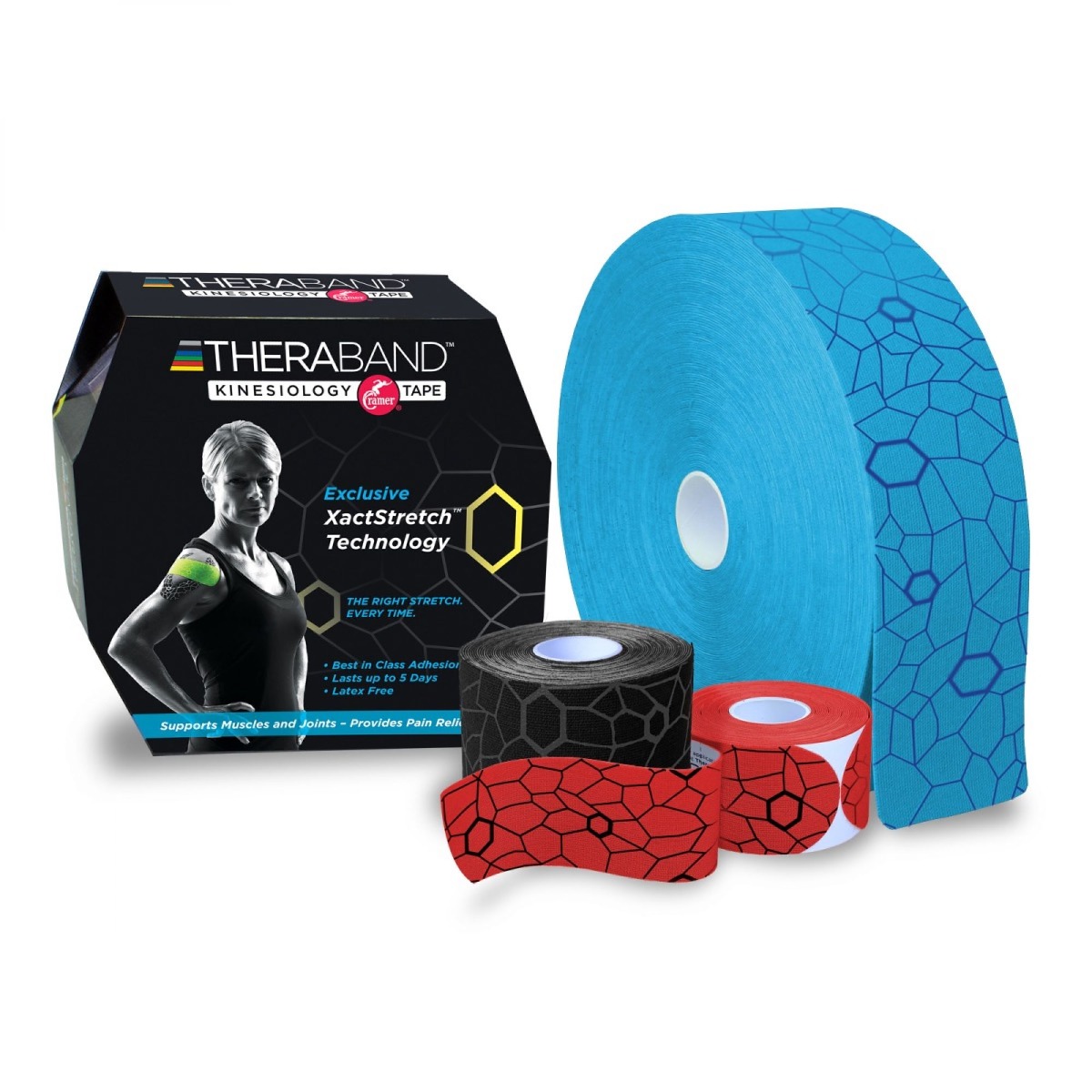
- It has best in class adhesion. You want a tape that will stick during exercise, showers, and daily life for up to 5 days.
- One study compared the adhesion of 3 brands of kinesiology tape over 5 days. The study found that THERABAND Kinesiology Tape did not significantly change in adhesion over 5 days (retaining 70-76% of its original adhesion). In contrast, both Kinesiotex® and KT Tape® brands significantly declined to 59% and 35% adhesion, respectively.5
- It’s easy to apply with the correct tension.
- THERABAND Kinesiology Tape has Xact Stretch Indicators that make it easy to tell when your tape is stretched 25% and 50%, just look at the hexagons on the tape. (This information is on the back of the tape too in case you need a reminder during application.)

- No latex and non-irritating formula
- THERABAND Kinesiology tape has a low level of irritation making it a little safer for people with sensitive skin who want to use tape
- It’s backed by a company that researches and supports its products
- Check out our THERABAND Academy database where you can search research on kinesiology tape
Choosing the Right Kinesio Tape
Whether you’re an athlete or a large clinic, we’ve got the right size for you. Start by choosing from 4 sizes.
|
1 Roll
A great option for people who want to try taping for the first time or choose a variety of colors |
6 Rolls
For those who need more tape but plan to carry it around, this is a more portable option instead of a bulk roll |
20 Precut Strip Roll
For those who need more tape but plan to carry it around, this is a more portable option instead of a bulk roll |
Bulk Roll
Perfect for physical therapy or athletic training offices that use a lot of tape |
Choose between 8 colors. Matching a team color? Want your favorite color? Looking for a neutral color? We’ve got you covered!
|
Beige/Beige
|
Black/Black
|
Black/Grey
|
Black/White
|
|
Blue/Blue
|
Electric Green/Yellow
|
Hot Red/Black
|
Pink/White
|
How to Apply Kinesiology Tape
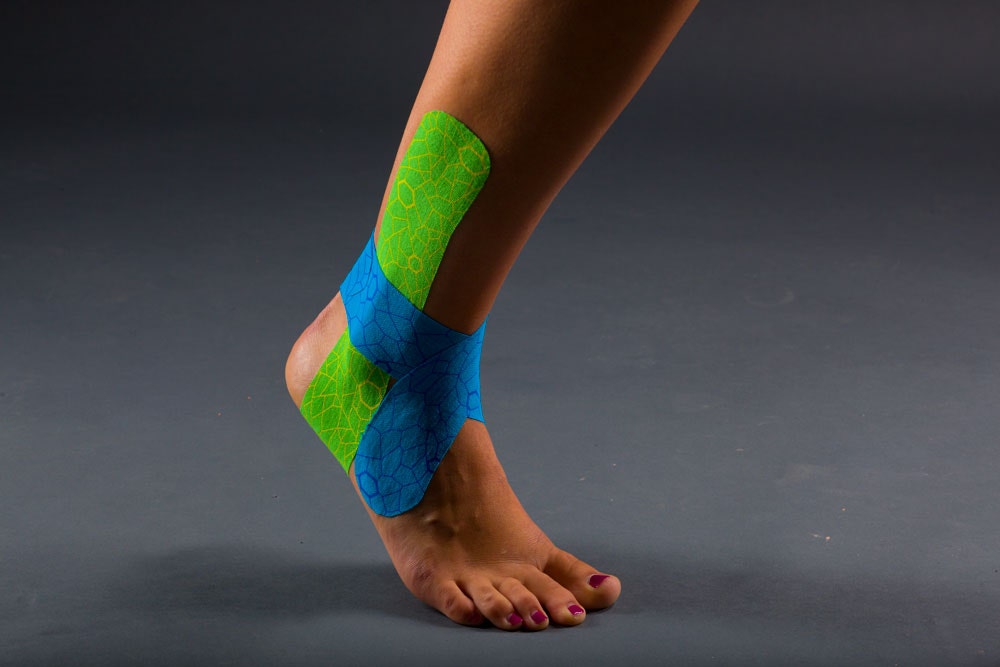
How much tension should I use? When to Use 25% vs 50%
THERABAND Kinesiology Tape makes it easy to ensure you get the right amount of stretch, just follow the indicators.
- Stretch to 25% or less for...
- Stretch to 50% or less for...
- Subacute care to help support muscles or joints or reduce pain7
- Learn more about tape tension in the infographic or video below
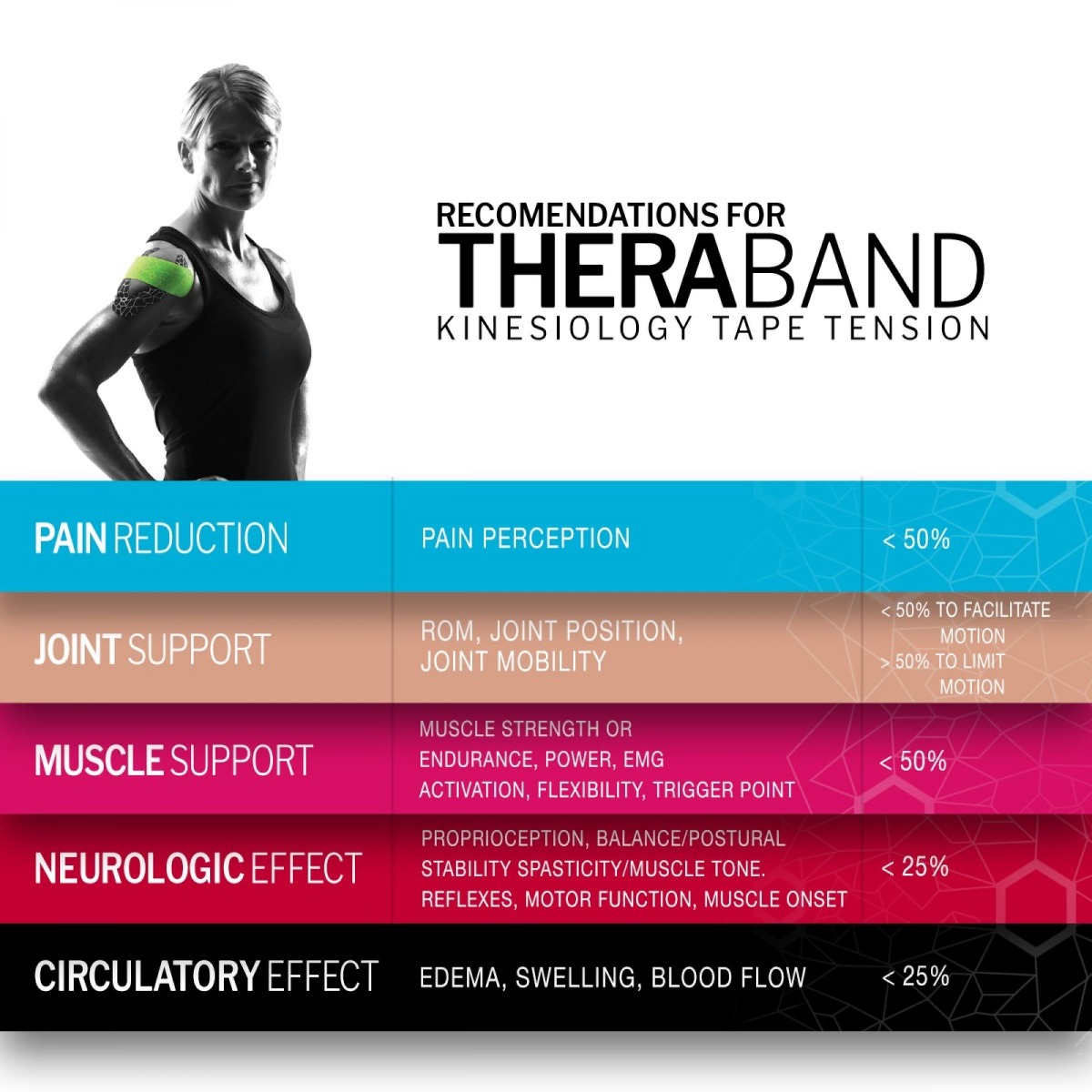
What are the main types of kinesiology tape cuts?
There are 3 common cuts used in kinesiology tape application.
- The I-Cut: The most used kinesiology tape cut. The precut strip roll is all I-Cuts which can easily be turned into Y or Fan cuts too.
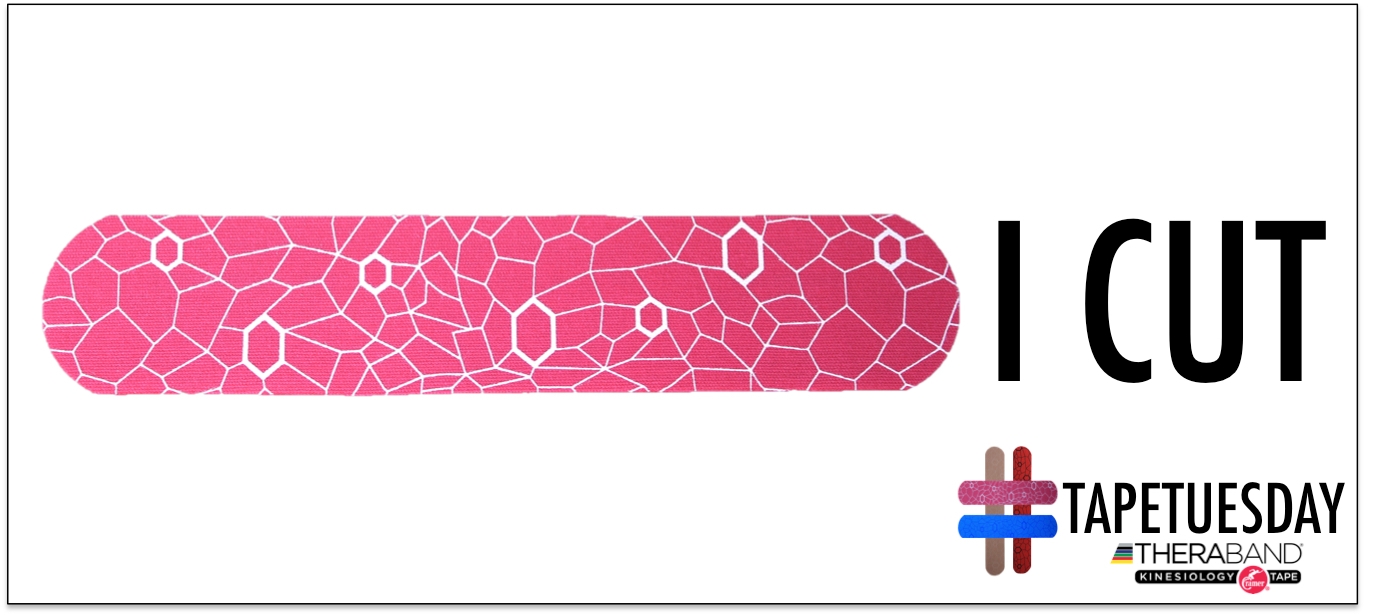
- The Y-Cut: Used for larger areas
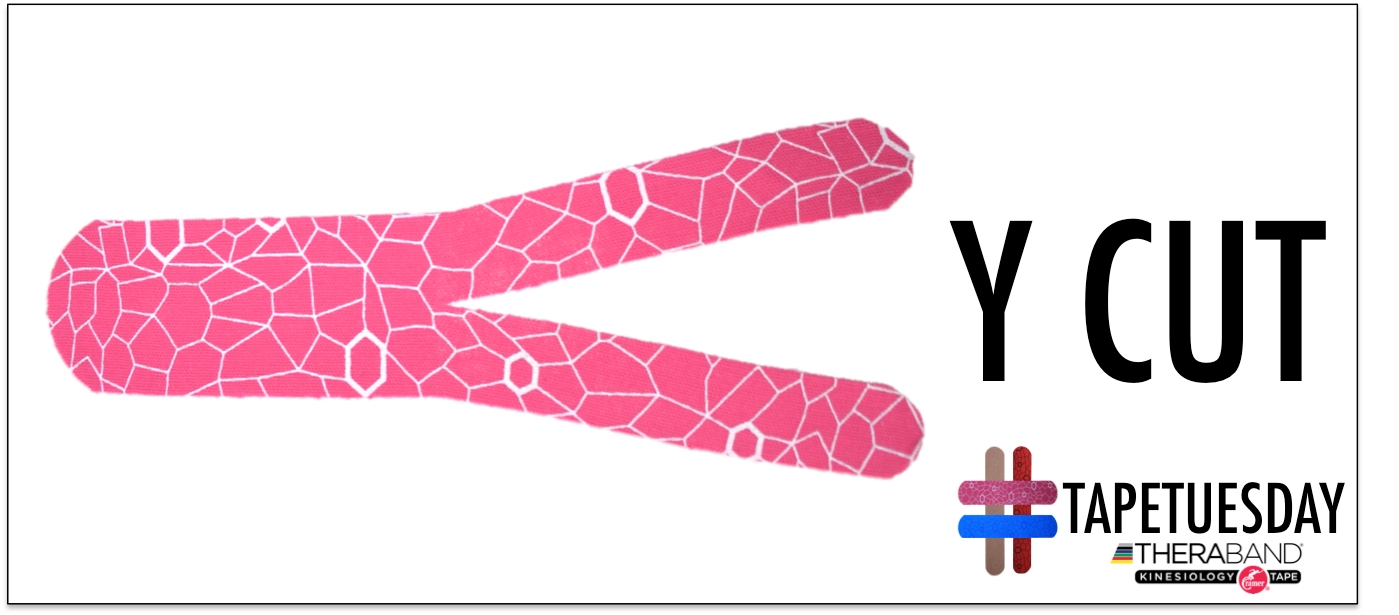
- The Fan Cut: Used to reduce swelling
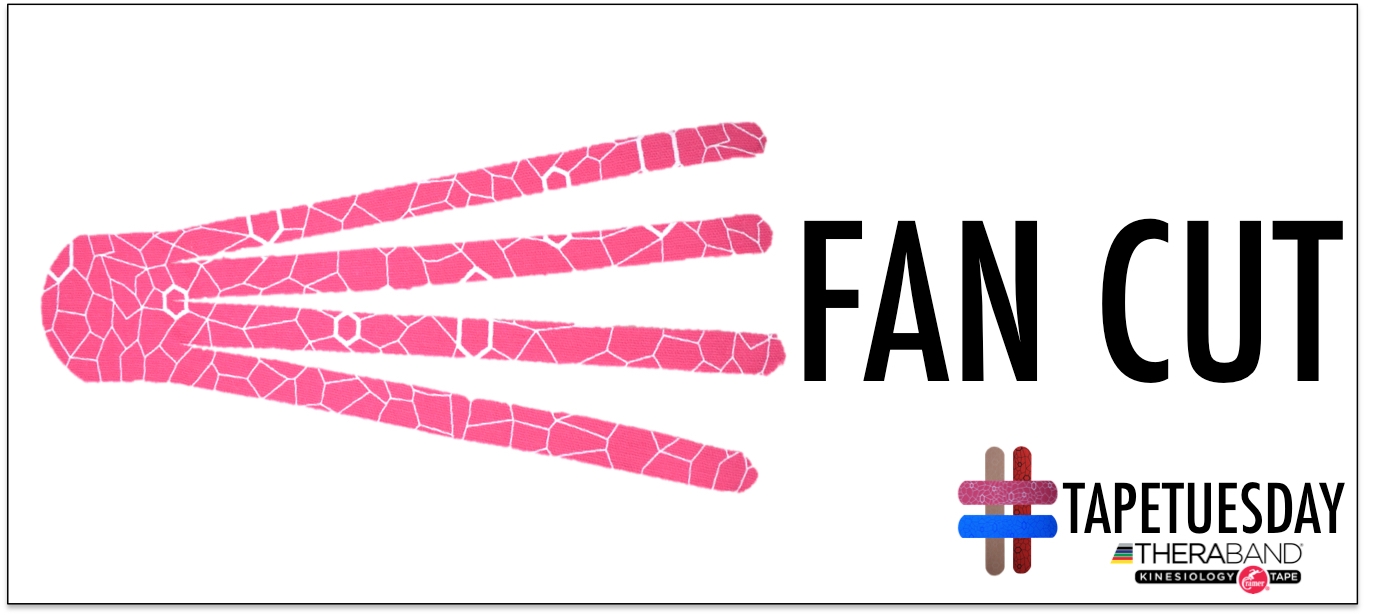
Learn how to make these cuts and when to use them in the video below!
Basic Tape Application Tips
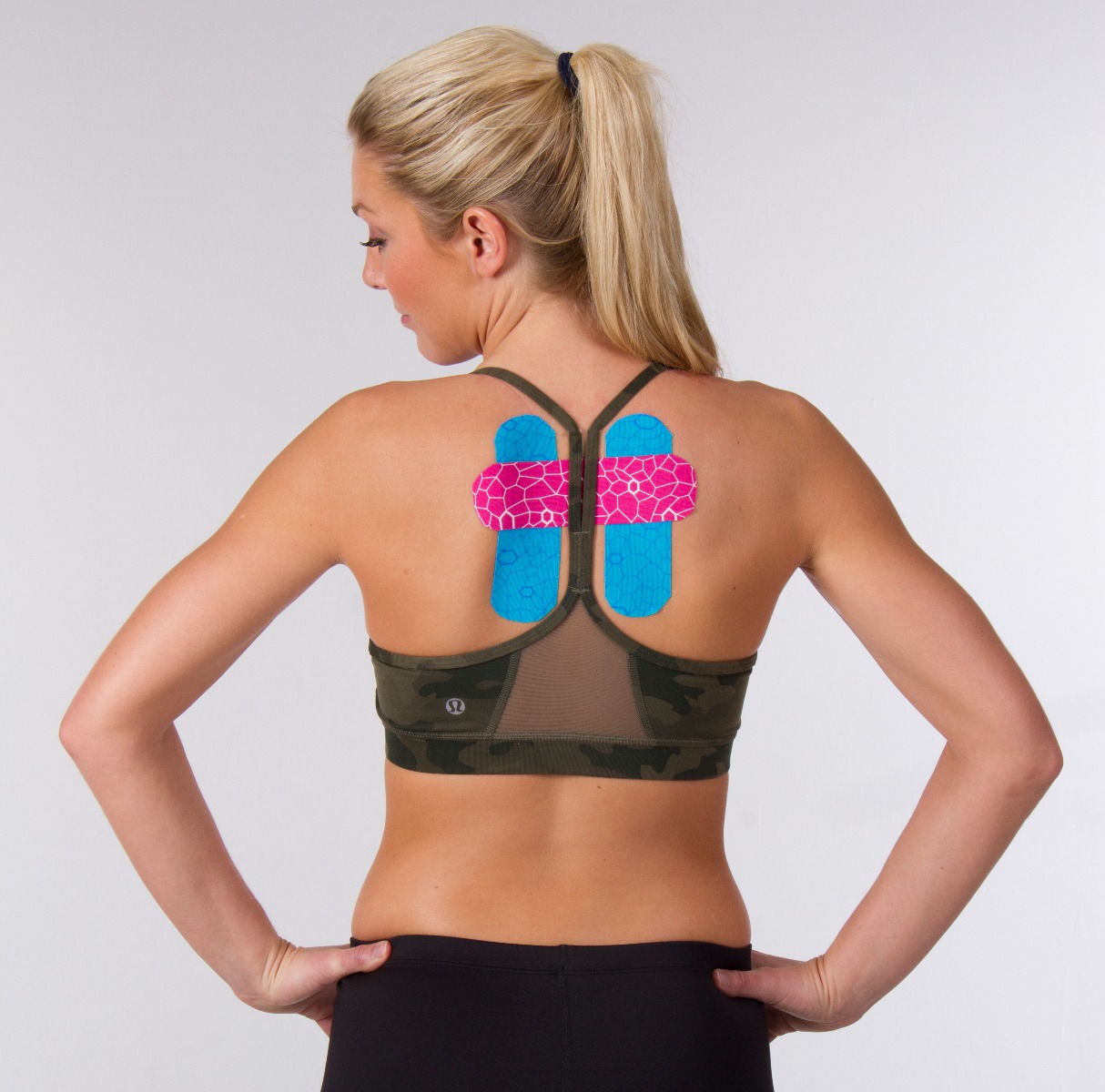
- Prepare the skin
- Clean and dry the skin
- Remove any excess hair
- Cut an appropriate length of tape and round the edges. Remember, if you’re applying tension the tape should be slightly shorter than the length of where it’s being applied
- Tear the backing leaving 2-4 centimeters on each end for anchors. Each grid marker on the back of the tape is 2 cm. Create two little tears on each side of the backing and then gently pull to separate the two pieces while keeping the backing on the tape
- Remove the backing from one anchor end and apply the anchor without tension. Gently rub the tape to activate the adhesive
- Don’t touch the adhesive or it won’t stick as well
- Remove more of the backing leaving 2-4 cm at the end as the second anchor
- Use the TheraBand Xact Stretch Indicators to apply with 25% or 50% tension and then gently rub the tape
- Remove the rest of the backing and apply the anchor with no tension and then rub it
- Use the shiny side of the backing to rub the entire length of the tape and activate the adhesive
- You can shower or swim with the tape applied, just pat it dry afterwards
- If your skin has any redness, itching, or irritation, remove the tape. You may be allergic to the adhesive
See these kinesiology tape application steps in action below!
Kinesiology Tape Application Videos
Ready to apply your tape? Follow along with the videos below.
Knee
Ankle
Achilles
Plantar Fasciitis
Postural Correction
Quad and Knee
Shoulder: Muscular/Neurological
Lower Back
Neck
Shoulder: Neurological/Structural
Fan Cut to Reduce Swelling
Criss-Cross Pattern to Reduce Swelling
References
- Page, Phil. (n.d.). Kinesiology Taping in Clinical Populations: Does it Work #TapeTuesday. Performance Health Academy. Retrieved from https://bit.ly/3n4VZJX
- Moore, R. (October 2016). How to Use Kinesiology Tape to Reduce Swelling. Performance Health Academy. Retrieved from https://bit.ly/2K9ISsg
- Turner, S. (October 2017). Does Kinesiology Tape Really Increase Blood Flow? Don’t Stretch to Conclusions. Performance Health Academy. Retrieved from https://bit.ly/39WHnsr
- Page, P. (April 2016). Can You Handle the Truth about Kinesiology Taping? #TapeTuesday. Performance Health Academy. Retrieved from https://bit.ly/2JPW9qf
- Topp, R. et al. (May 2018). Adhesion Of Three Brands Of Elastic Therapeutic Tape. Performance Health Academy. Retrieved from https://bit.ly/3nfKgsl
- Moore, R. (February 2016). Kinesiology Tape Tension Guidelines #TapeTuesday. Performance Health Academy. Retrieved from https://bit.ly/3oBd7aD
- Moore, R. (July 2016). Does Kinesiology Tape Tension Matter?. Performance Health Academy. Retrieved from https://bit.ly/3a44ocO
- Page, P. (March 2015). Evidence supports the clinical use of kinesiology tape to reduce pain. Performance Health Academy. Retrieved from https://bit.ly/33X6SWN
Medical Disclaimer: The information provided on this site, including text, graphics, images, and other material are for informational purposes only and are not intended to substitute for professional medical advice, diagnosis, or treatment. Always seek the advice of your physician or other healthcare professional with any questions or concerns you may have regarding your condition.

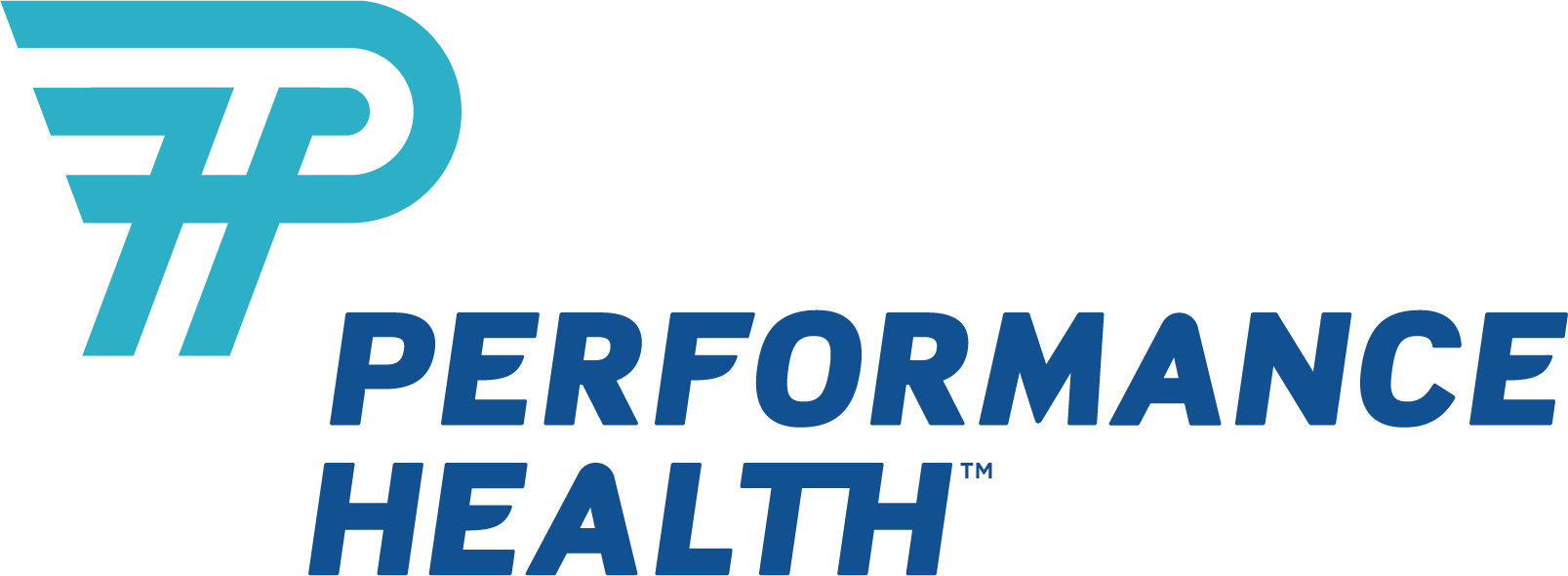






 France
France Australia
Australia